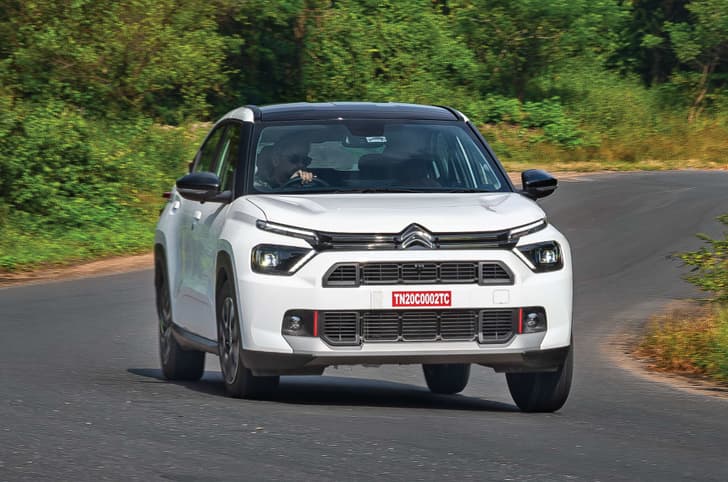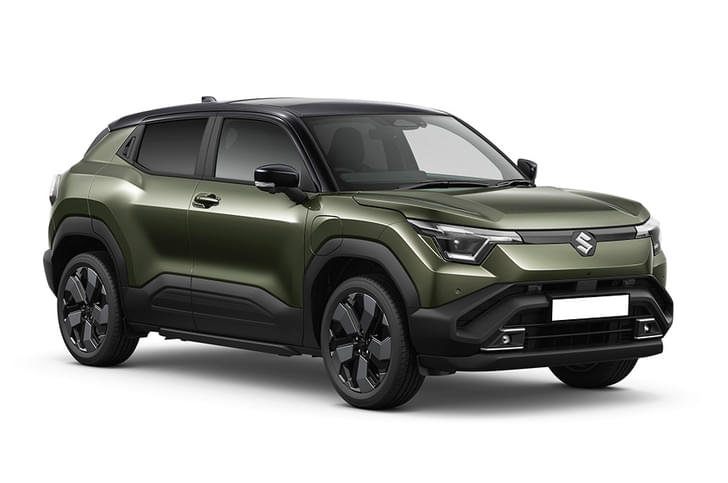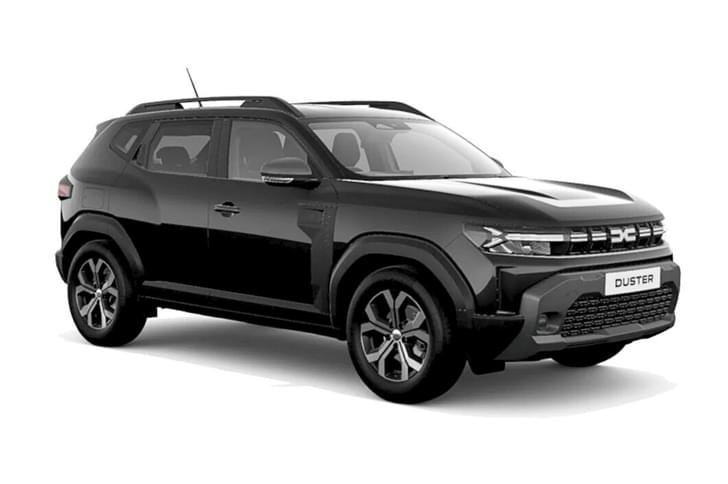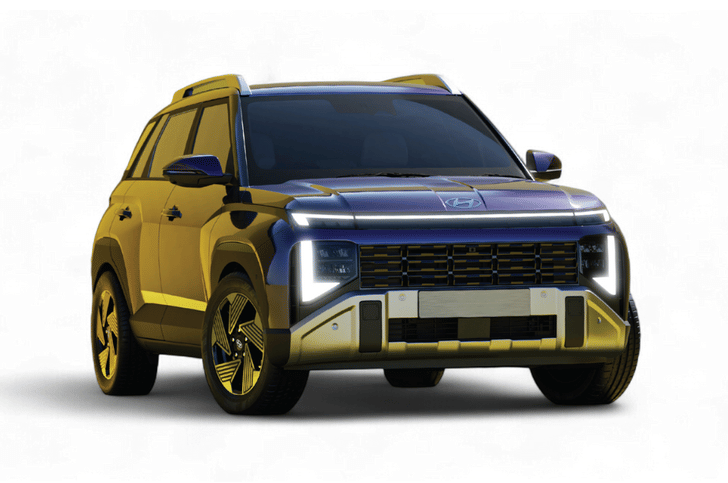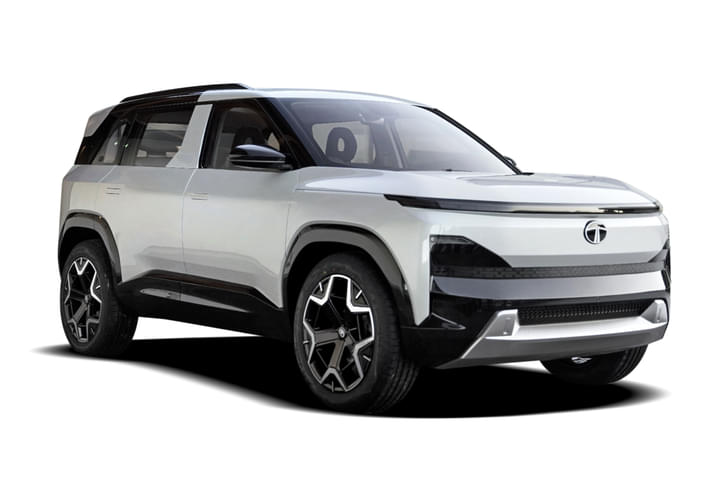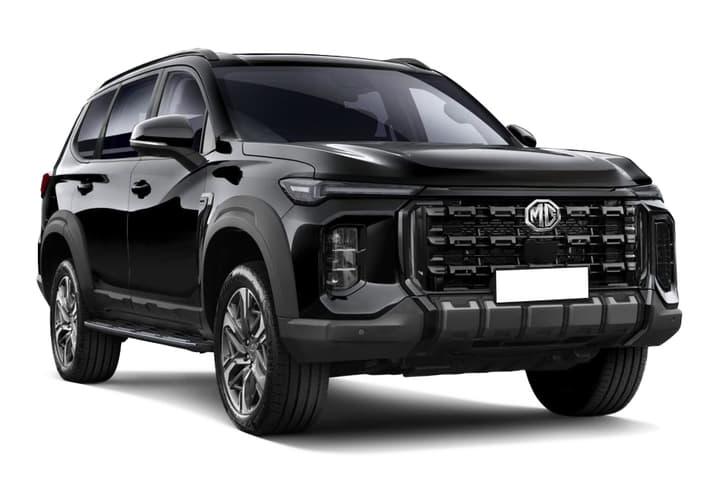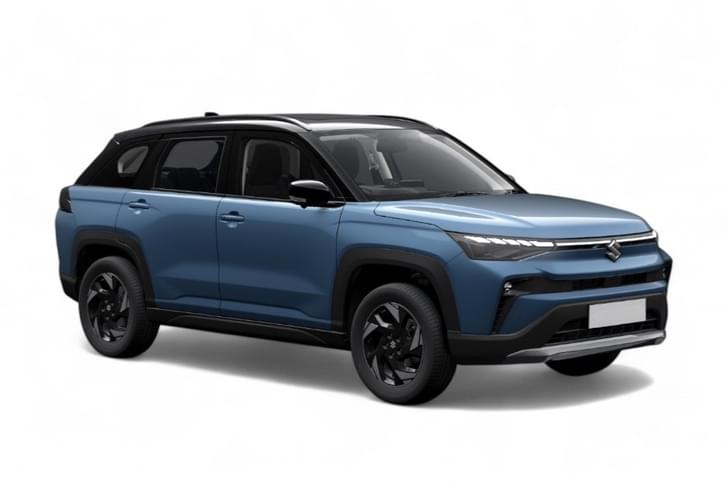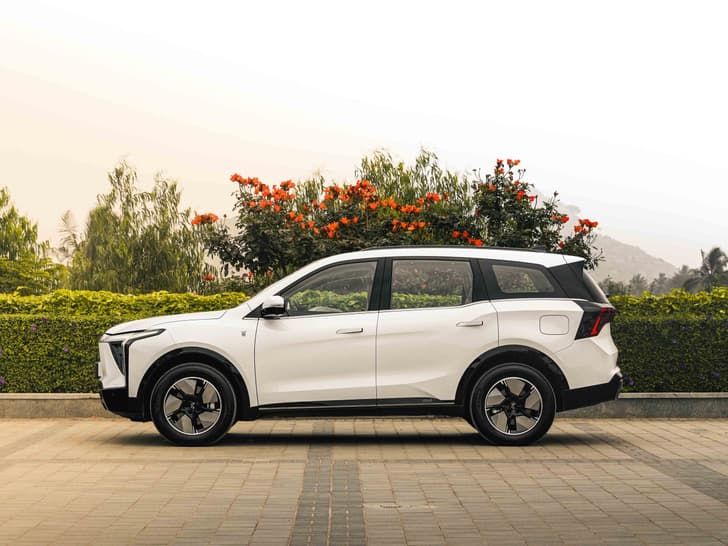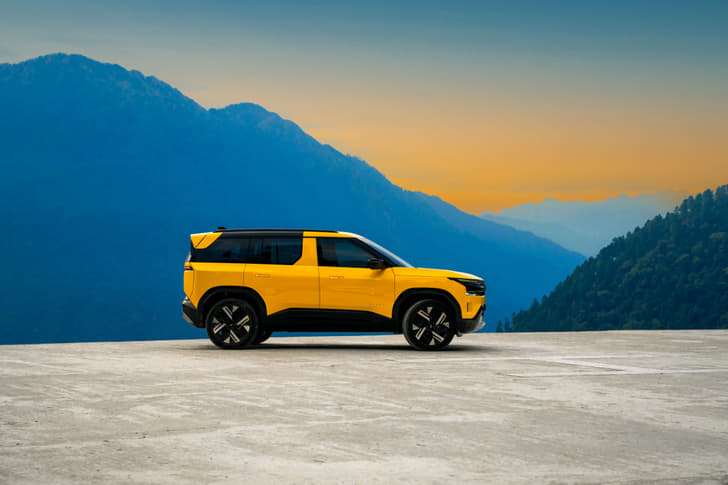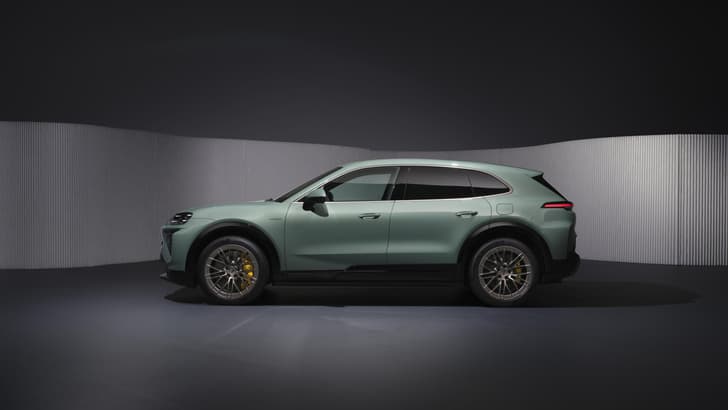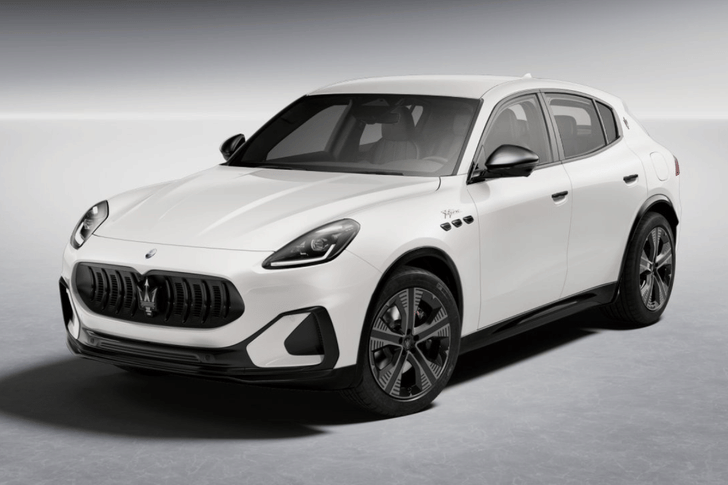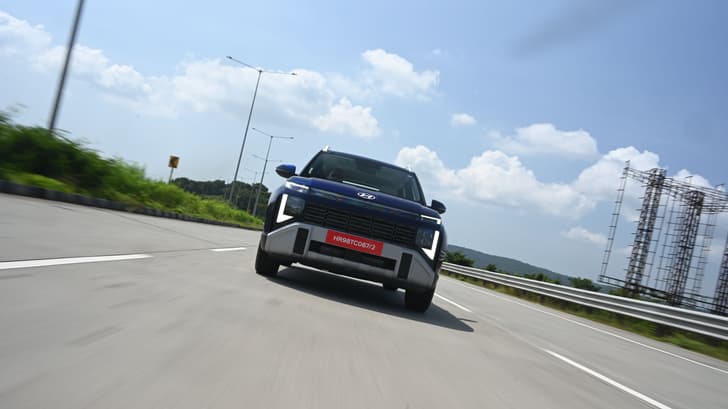Chevrolet’s all-new premium hatchback, the Sail U-VA, marks a new chapter in GM’s India innings. The first of many India-bound products from GM India’s part-owner, Shanghai Automotive Industry Corporation (SAIC), the Sail U-VA has been thoroughly re-engineered for India, with a beefed up suspension and strengthened body and chassis.
Designed entirely in China by GM and SAIC, the Sail U-VA’s lines are simple and you can tell the designers have played it safe with the styling. That said, there is a lot to like about the Sail’s design. The frontal styling, for one, is quite attractive, with the simple rendition of Chevrolet’s split grille, the angled headlamps and the raised bonnet being focal points. The longish front overhang, rising window line and small tail section also give the Sail a sporty, tipped-forward stance.
However, the cliff-face tail, with its vertically aligned tail-lamps and bumper-mounted number plate, looks a bit too generic. We’d also have liked to see pull-type door handles rather than the cheaper lift-type ones.
The Sail is among the larger cars in its class, with an overall length just under the four-metre mark. But that’s not all. As the large and stretched-out windows establish, GM has endeavoured to maximise space inside the cabin. The result is pretty spectacular, because the Sail feels roomier than many seemingly larger mid-size saloons. This feeling of space is further helped by a dashboard that extends far ahead towards the windscreen. Sadly, the dash itself doesn’t look particularly distinctive, with a design that leans more towards functionality than outright style. Still, the protruding centre console, neat contours and the combination of sand and tan coloured plastics are quite pleasing. What isn’t is the quality of plastics. The hard surfaces feel a bit cheap and are a big letdown. You also won’t like the basic light and wiper stalks that seem to have been plucked from the cheaper Chevy Spark and come without proper rubber boots. Another not-so-nice bit is the instrument console. While the large, analogue speedometer is easy to read, the digital tachometer (standard across the range) beside it is a tad small and not all that legible.
The Sail U-VA is available with either a petrol or a diesel engine. The petrol engine is the same 1.2-litre, twin-cam, four-valve-per-head unit that you get in the Beat, though revised tuning and a higher compression ratio (10.5:1 versus 9.8:1) have helped bump the power up to 85bhp. What’s nice about this engine is that it’s quite responsive at low speeds, part-throttle responses are good and power delivery is linear, all of which make it well suited to humdrum city driving. Straight-line performance is pretty good too, with a 14.66sec 0-100kph time that makes it quicker than most of its petrol rivals. If there is an issue, it’s with this engine’s refinement. It gets noisy quite early in the rev range and really buzzy after 4000rpm, so you won’t find yourself holding gears longer than needed.
It’s the diesel that is our pick of the two engines. To give you a brief, the Sail uses the same Fiat-sourced 1.3 Multijet engine as the Fiat Grande Punto, Maruti Swift and Tata Vista. However, GM has modified it, giving it a different air filter, a new inlet and exhaust, and a new fixed-geometry turbocharger. Peak power is now up to 77bhp. These changes, along with the revised tuning, have worked well; the engine not only feels more refined, but its responses have improved too. No, the Sail still doesn’t have the effortless bottom-end pull of the Ford Figo’s motor, but it doesn’t feel more responsive than the Swift’s. Like the petrol car, the diesel comes with GM’s new F17 five-speed manual gearbox. Short throws and a narrow gate make this gearbox fun to use, though gearshifts do require some effort and there’s also some whine from the transmission. The diesel’s clutch is on the heavier side too, which is a slight irritant in slow-moving traffic.
Where the Sail does feel noticeably better than the Swift (and for that matter, the Punto and Vista) is around the 2000rpm mark. A sudden spike in power when the turbo kicks in has always been a problem on the 1.3 Multijet motor, but GM’s engineers have succeeded in smoothening this transition to the meat of the engine’s powerband, and this helps make the Sail diesel nice to drive. There’s a good spread of power right till the 4200rpm mark, so overtaking is never an issue. It’s just that the Sail’s diesel doesn’t have much of a top end. However, for the majority, the Sail diesel’s 13.1kpl city and 19kpl highway figures will be the big draw.
Another area where the Sail excels is ride comfort. GM has softened the dampers, stiffened the springs and strengthened the anti-roll bar on the India-spec Sail and has also given it tall, 70-profile tyres. The result is an excellent ride that soaks up just about any lump or pothole you may encounter. There’s ample ground clearance too which, along with the long-travel suspension, really allows you to, ahem, sail over the worst of our roads. Straight-line stability is really good too, and it’s only the slight vertical movement at high speeds that spoils its composure.






